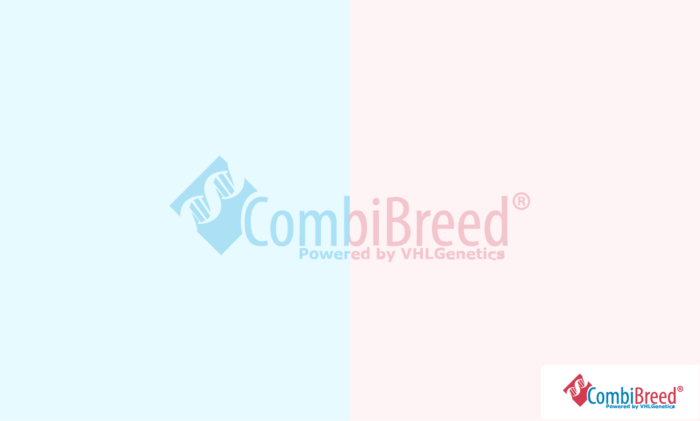
€57,48 €47,50 excl. VAT
Coat colour in dogs is controlled by a wide range of different genes working together.
10 working days
From €5,95 shipping and administration per order (incl. VAT)
Specifications
| Breeds | |
|---|---|
| Gene | |
| Organ | |
| specimen | Swab, Blood EDTA, Blood Heparin, Semen, Tissue |
| Mode of Inheritance | |
| Chromosome | |
| Also known as | |
| Year Published |
General information
Coat colour in dogs is controlled by a wide range of different genes working together. These genes are often referred to as ‘loci’. The Dominant Black, or K-Locus, corresponds to the gene ‘beta-defensin 103’ (CBD103), which plays a significant role in pigmentation. A dominant mutation to CBD103, designated as K^B, results in an all-black coat colour. The recessive, unaffected allele of the K-Locus is designated as k^y, and results in lighter colours.
Clinical features
Affected dogs (K^B/K^B or K^B/k^y) develop black coats, as long as they are not also affected by the recessive variant of the E-Locus (e/e). The black colour can be further modified by the effects of the B-Locus and D-Locus.
Additional information
Coat colour is an intricate trait that involves a combination of multiple different genes. Testing for a range of different loci will give the most complete prediction of a dog's coat colour genetics.
References
Pubmed ID: 17947548
Omia ID: 1416
Year published: